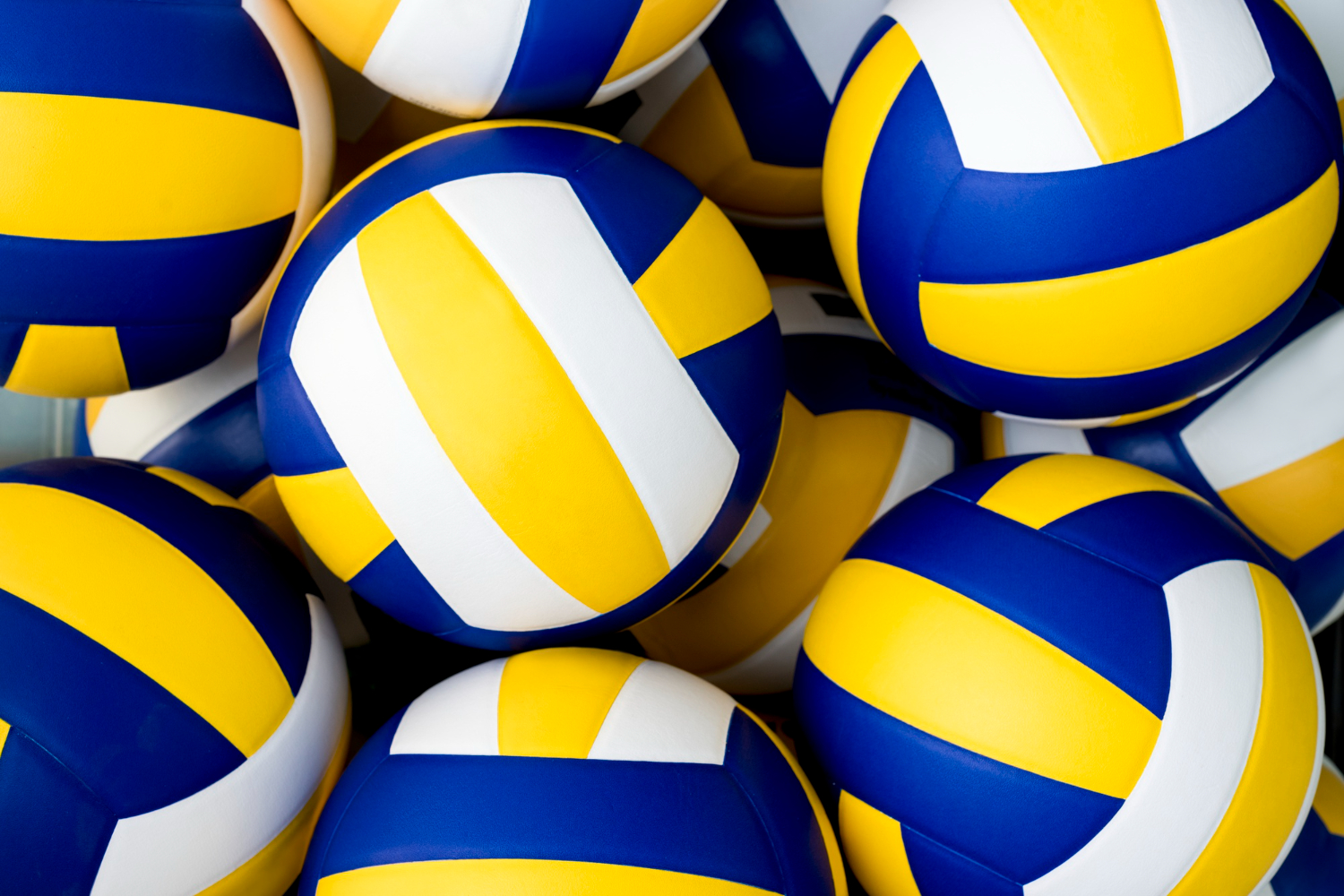

Volleyball’s speed, quickness, and tactical complexity over people have captured the attention of many people. The globe over people love this beautiful sport that rewards effort and strength. No matter who you are, you hear the word Ace as a viewer or participant. Right?
But we know many of you don’t have an idea what this word means. Let’s explore together what is an Ace in volleyball. When a player hits an ace in volleyball, it’s the most enjoyable and exciting moment of the entire game.
The team that serves scores a point, and the receiving team loses. A common misunderstanding is that a serve is only an ace if the ball hits the floor cleanly. However, this happens when a player hits the ball over the net, and the receiving team drops it. A block displays a player’s talent and may completely alter the course of a match, making it one of the most thrilling events in the game of volleyball.
Every point counts in volleyball, and an Ace is a great way to guarantee one. The following explains the significance of an Ace in a volleyball game:
It makes an obvious point. To score a point in volleyball, teams typically engage in and out of battle. However, an Ace is an excellent way to achieve because the receiver scores right after the serve.
The mood of the team is lifted. A winning Ace can give the player and team an immense boost, leading to better play and a brighter outlook for the rest of the match.
The motion of the opponent is broken. An Ace can throw off the other team’s rhythm and tactics, which could result in a run of scores for the team serving the ball.
Well! It’s time to get amazed to learn there is more than one path to an ace. Read them carefully; you might be pleased.
It is what most people get when they think of a volleyball ace. Either the defense fails to stop the ball, or you hit an empty area of the court. An ace occurs when the ball falls on the other player’s side of the court without being played.
Everything is possible when the ball reaches the net. The team that serves might make a serving mistake and lose the point if the odds are against them.
A ball is considered “on the spot” once it has crossed the net. While your opponents may be able to return your serve, it’s not easy to do so effectively. It’s not uncommon for the defender to have to make a hasty run to the net to recover the ball.
Well! You get an ace if the ball hits the net and falls on their side of the court. However, you will also be awarded an ace when they cannot turn.
When a player attempts to play the ball, and the ball gets unplayable after being touched, an ace is given. Even if no one attempts to grab the ball after the catcher muffs it, and it goes a long way, it is still an ace.
It usually occurs when the player on the other side of the ball gets punished for being lifted or double hit. It is trickier than it seems, especially since the rules regarding the receiver’s initial contact on a serve have gotten relaxed in recent years.
The ace is yours if your serve is so good that they can’t handle it.
The opposition side will call you out of rotation if you occur to be playing at that time, allowing you to score an ace. Each play results in a score in the rally point scoring system. Your team receives the point, and the “serve” is not returned because the other team violated the rules before you could serve. Ace!
Despite popular belief, a spinning fault does not constitute an ace.
When a team is not in rotation at the start of the serve, it is considered a rotating fault.
The referee will stop the play and give the opposite team an extra point.
The subtleties of this regulation and the process of serving can lead to situations when viewers mistakenly attribute a point to an ace when, in fact, it was a service winner. The opposite is true. Well! Always keep in mind that a ball that fails to return after more than one touch does not qualify as an ace.
Since the server has no control over the ball after the initial touch, the opposition team’s mistakes are to blame rather than the server’s ability. Any point that ends in a point for the team that took it or that sends the ball back across the net is not considered an ace in volleyball.
Aces are an awesome sight in the sport of volleyball. It seems fair to assume that the team that achieves an ace will be awarded at least 2 points for their efforts.
In volleyball, scoring an ace counts for one point. It’s just as exciting as regular volleyball play. A team gets another chance to serve after an ace is scored, and if the server is concentrated, he may even succeed in serving up another ace.
No ordinary point can compare to an ace. When a team is down by a few points, it is possible to seek them up and push them to come back and win. And the winning team begins to feel insecure and make careless mistakes after their victory. One ace can be a spark for change.
Well! Let’s learn some techniques for getting the most out of it.
Having a consistent, strong, and efficient service is essential for getting an ace. Learn to serve both directly and underhand, and experiment with changing the pace, spin, and placement of your shots. Your serve will be more difficult to get back if you make it surprising for the other side.
It’s important to keep a close eye on your competition. Find their weak receivers and spots on the court. The odds of receiving an Ace can be increased by going for these.
You can improve your chances of getting an ace by adding a twist to your serve, which makes it more difficult to foresee and return. When used effectively, force can also make your service difficult to return.
Durability is more valuable than power and spin. A consistent in-court serve puts stress on the opponent and raises the possibility of an ace.
Learning to get an Ace is crucial, but so is figuring out how to avoid getting one. Some solutions to Aces include as follows:
If you want to get better at receiving serves, try practicing with more strong and surprising ones. If you’re good at receiving, you won’t give up as many Aces.
As a team sport, volleyball relies heavily on effective communication between players. Keep an open line of communication with your coworkers, announcing who will be serving and moving properly.
Getting into the correct stance to receive the service is crucial. Keep your feet hip-width apart, knees bent at the knees and your body ready for action in any direction you desire.
An ace is more than just a way to score an advantage in volleyball; it’s also an emotional tool that may change the momentum of the game. Knowing how to execute and defend against the Ace is a vital ability for every volleyball player.
Whether you’re an expert or just starting, you may improve your volleyball game by learning the value of an Ace and the tactics to score or prevent one. Keep in mind that you can improve your Ace game by focusing on accuracy and strategy rather than raw power and talent.
Frequently Asked Question
Aces are worth points to servers. An ace (+12) is scored when a serve falls in the receiving team’s court without touching or is returned out of play.

Hi, I'm David Muse, the founder of Volleyball Spikes. My days are spent with workouts and article writing, mostly for Volleyball Spikes. With 15 years of expertise and a history of competing on an international scale... It's fair to say that my knowledge of volleyball is pretty good.
MEGA4D is your go-to destination for comprehensive knowledge about volleyball game-play. Get a complete buying guide to the best and latest volleyball equipment, learn about volleyball positions, rules and training to train yourself with expert experience!



Subscribe to our newsletter and we’ll send you the emails of latest posts.
Copyright © Volley Ball Spikes 2023. All Rights Reserved Design By Digital Korbax LLC